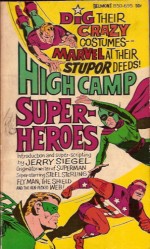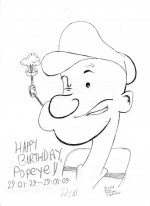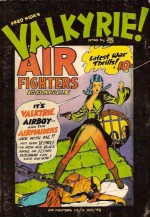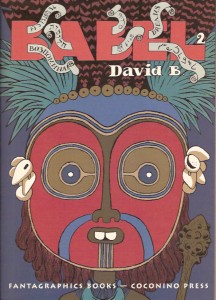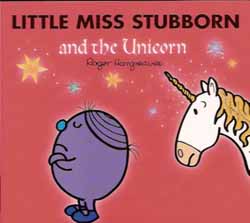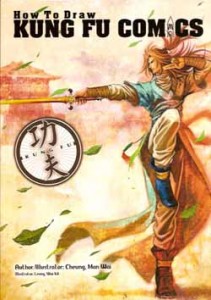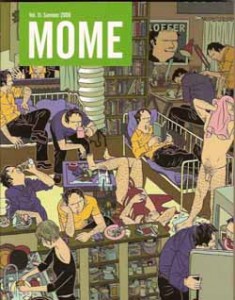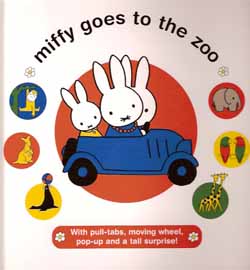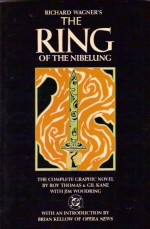
Adapted by Roy Thomas, Gil Kane & Jim Woodring (DC Comics)
ISBN: 1-56389-006-2
Richard Wagner’s four operas Das Rheingold, Die Walküre, Siegfreid and Götterdämmerung (or The Rhinegold, The Valkyrie, Siegfried and Twilight of the Gods if you’re less pompous than me) is a classic distillation of Germano-Norse myth and the classic poems collected as the Icelandic Eddas. Over twenty-six years the master of German music distilled them into a cycle of staggering power, which people either love or hate. Great tunes, too.
Everybody loves the brilliant animated tribute-come-distillation starring Bugs Bunny entitled “What’s Opera, Doc?†– although they probably refer to it as “Kill the Wabbit!â€
Joking aside, the Ring Cycle is a true masterpiece of Western Culture and an immortal inspiration to purveyors of drama and historic fiction. In 1989 and 1990 long-time fans and comics superstars Roy Thomas (who had already integrated the plot into the canon of Marvel’s Mighty Thor) and Gil Kane produced a four part, prestige-format miniseries that adapted the events into comic strip form. Latterly P. Craig Russell also adapted the saga in his own inimitable style.
Alberich the Nibelung is a dwarf shunned by all, but still manages to charm the three Rhine Maidens. Commanded to guard an accursed treasure horde that even the Gods could not tame, the river nymphs reveal the secret to the glib intruder. Whoever casts ‘The Rhinegold’ into a ring will have all the wealth and power of the world, but must forever forswear love and joy. Never having known either, greedy Alberich easily forsakes their pleasures and seizes the treasure that even All-Father Wotan feared to touch.
Meanwhile in Heaven wily Loge has convinced Wotan to promise the giants Fasolt and Fafner anything they wish if they build the great castle Valhalla to house the world’s heroes. Assured that the trickster god can free him from his promise to the giants Wotan accepts their price, but on completion the giants want Freia; goddess of the apples of immortality.
Bound by their Lord’s sworn oath the gods must surrender Freia, but malicious Loge suggests that Alberich’s stolen gold – now cast as a ring – can be used by any other possessor without abandoning love. The brothers demand the world-conquering trinket as a replacement fee…
In ‘The Valkyrie’, the warrior who calls himself “Woeful†is the sole survivor of a blood-feud. Fleeing, he claims Right of Hospitality from a beautiful woman in a remote cottage. But when her husband returns they discover that he is a member of the clan Woeful battled.
Secure for the night in the holy bond of Hospitality, Woeful realises that he must battle for his life in the morning when the sacred truce expires. Without weapons he thinks little of his chances until the woman reveals to him a magic sword embedded in the giant Ash tree that supports the house…
‘Siegfried’ is the child of an illicit union raised by malicious, cunning Mime, a blacksmith who knows the secrets of the Nibelung. No loving parent, the smith wants the indomitable wild boy to kill the dragon Fafner, who used to be a giant, and steal the magical golden horde the wyrm guards so jealously.
But the young hero has his own heroic dreams and wishes to wake the maiden who slumbers eternally behind a wall of fire…
‘Twilight of the Gods’ reveals how all the machinations, faithlessness and oath-breaking of the Lords of Creation lead to ultimate destruction. Siegfried has won his beauteous Brünnhilde from the flames but their happiness is not to be. False friends drug him to steal his beloved, and wed him unknowing to a women he does not love. A final betrayal by a comrade whose father was the Nibelung Alberich leads to his death and inevitable consequences…
If you know the operas you know how much more remains to enjoy in this quartet of tales, and the sheer bravura passion of Kane’s art, augmented by the stirring painted palette of Jim Woodring, magnificently captures the grandeur and ferocity of it all. This primal epic is visual poetry and no fan should be without it.
Released by DC in 1991, the book was re-issued by ExPress Publishing (ISBN-13: 978-0-93295-620-0) in 2002 and remains not only a high-point in the careers of Thomas and Kane, but also a landmark in graphic narrative. If you don’t have it already you must make it your life’s quest to get it…
© 1991 DC Comics. All Rights Reserved.

